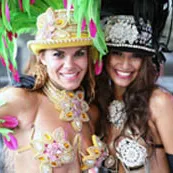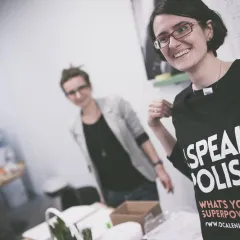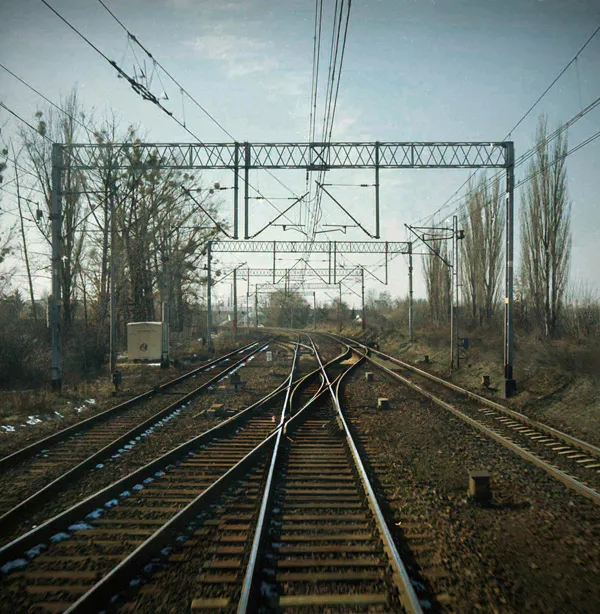(Continuation from “Living the Peruvian Experience: The Beginning,” in All Peruvians play folk near Metro Centrum!)
Peru is culturally diverse
Let us say something about the Incas. Although Cusco, their capital city, and other important administrative areas of the Inca Empire were located on the mountains, their domain also extended to the Pacific coast and the Amazon basin, occupying most of the Western part of South America.
The reason why the Incas are well remembered is due to the fact that they conformed the largest empire in pre-Columbian America. However, they were not the only civilization Peru hosted. In fact, they only ruled for about two centuries, even if a great deal of their input is still evident today.
It is time for us to know that the oldest civilization in Peru is actually 5,000 years old and is called Caral-Supe. Cupisnique (1,500 BC – 1,000 BC) and Chavín (800 BC – 200 BC) cultures developed after Caral-Supe. Moreover, the first permanent state armies were developed not during the Inca Empire but already during the Moche (100 BC – 800 AD) and Nazca (1st century – 6th century) cultures, that were located on the Peruvian coast, while on the Altiplano (Spanish for high planes), shared today by Bolivia, Chile and Peru, the Tiahuanaco culture was not only building a strong military power but it was constructing some of the most superb edifications ever seen in America. Between the years 600 and 1,200, the Wari culture was the first to develop the imperial style of organizing a society, something evident in subsequent cultures such as Lambayeque (700 – 1375), Chimú (1100 – 1400), and Chincha (800 – 1476). Only after all of them was the Inca Empire formed, covering part of what today is Argentina, Bolivia, Chile, Colombia, Ecuador, and Peru. But the cultural development along Peruvian History did not stop with the Incas. The fact that we got stuck in the Incas is actually the reason why most people think we still live and look like they did. Thus, let us give as much credit to the post-Inca cultures.
Europeans, predominantly Spanish, and Africans have arrived to Peru since the 16th century, bringing development as part of the system imposed by the Spanish Kingdom in a similar way pre-Inca cultures did once. After Independence from Spain other Europeans, mostly English, French, Italians, and Germans, have migrated to Peru. From the mid-19th century, masses of Chinese immigrants have brought enormous contributions to Peruvian society. Arabs and Japanese people have also migrated in great numbers from the end of the 19th century. What about the Poles?
The average Peruvian person acknowledges the contribution Polish migrants have had on the development of Peru. Moreover, nowadays, some Polish names have become widely known and well respected in Peru even if the people who have them are actually Peruvians of Polish ancestry. Who has not heard about Ernest Malinowski (1818 – 1899), responsible for the construction of the highest railway in the world, Ferrocarril Central Andino, built in the Peruvian Andes between the year 1871 and 1876; or the Warsaw-born Edward Jan Habich (1835 – 1909), who founded in Lima the National University of Engineering in 1876. Other great figures are Ryszard Jaxa-Małachowski (1887 – 1972), responsible for the architecture of Peru’s Governmental Palace, and Fernando de Szyszlo (b. 1915), Peru’s leading plastic artist. Like them, Maria Rostworowski (b. 1925) is one of Peru’s main historians, Dr. Max Kuczynski was the main tropical disease specialist, his son and current presidential candidate Pedro Kuczynski (b. 1938) is one of Peru’s most prominent politicians, among others.
As we can see, Peru is culturally diverse. Today, with a population over 29 million people, Peru is home to a diversity of ethnic groups: 45% mixed pre-colonial ethnic groups, 37% mestizos (mixed pre-colonial and post-colonial ethnic groups), 15% white (mixed ethnic groups of European descent), 3% black, Japanese, Chinese and others (CIA – The World Factbook, 2010). At the same time, Peru is relatively tolerant to all religions, even when 81.3% of the population is Roman Catholic. The 2007 Census shows that Spanish (84.1%) and Quechua (13%), both official languages of Peru, are by far the most spoken languages. Other languages are Aymara (1.7%), Ashaninka (0.3%), other native languages (0.7%), and others (0.2%).
So, after putting the geographical diversity and the cultural diversity of Peru into one pack, are we still able to think that all Peruvians are of one kind? Certainly NO: Peruvians will not only enjoy a completely different climate and relief when driving a couple of hours away from their original locations, but they will also find compatriots with completely different lifestyles, sometimes religions, sometimes languages…even if they happened to look like them or like people from the other side of the ocean...and yet they are Peruvians…
to be continued
Luis Escobedo













